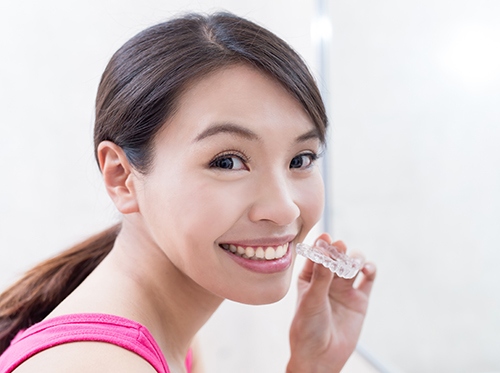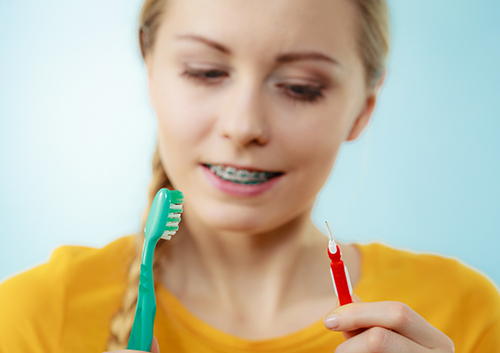Not-So-Sweet Sweets
May 18th, 2022

Birthdays. Valentine’s Day. Halloween. A trip to the movies. There are just some occasions where a sweet treat is on the menu. Now that you are getting braces, does that mean you have to give up desserts completely? Not at all! The trick to finding the right treat is to know which foods are safe for your braces and which should wait until your treatment is complete.
There are some foods which should always be avoided. They fall into three main categories:
- Hard and Crunchy
Hard candies, peanut brittle, popcorn balls, nutty candy bars—anything that is hard to bite into is hard on your braces, and can damage brackets or even break them.
- Chewy
Caramels, taffy, chewy squares and rolls, licorice and other super-chewy candies can break brackets and bend wires. Not to mention, they are really difficult to clean from the surface of teeth and braces.
- Sticky
Soft foods are generally fine, but soft and sticky candies are another thing entirely. Gumdrops, jelly beans, most gum and other sticky treats stick to your braces, making it hard to clean all that sugar from around your brackets. And even soft sticky candies can bend wires or damage your brackets.
As you have probably noticed, almost all candy falls into one of these categories. Of course, while sugary treats shouldn’t be a major part of anyone’s diet, and careful brushing and flossing are always on the menu if you do indulge, wearing braces does not mean giving up on treats entirely. A better alternative when you are craving something sweet is to choose something that avoids crunchy, chewy and sticky hazards, such as soft puddings, cupcakes or cookies. There are even some candy brands that are safe for your braces.
Talk to Dr. Gregory Dyer the next time you visit our Tampa office about the dos and don’ts of desserts—we have tasty suggestions that will make those special occasions both sweet for you and safe for your orthodontic work!











 Website Powered by Sesame 24-7™
Website Powered by Sesame 24-7™